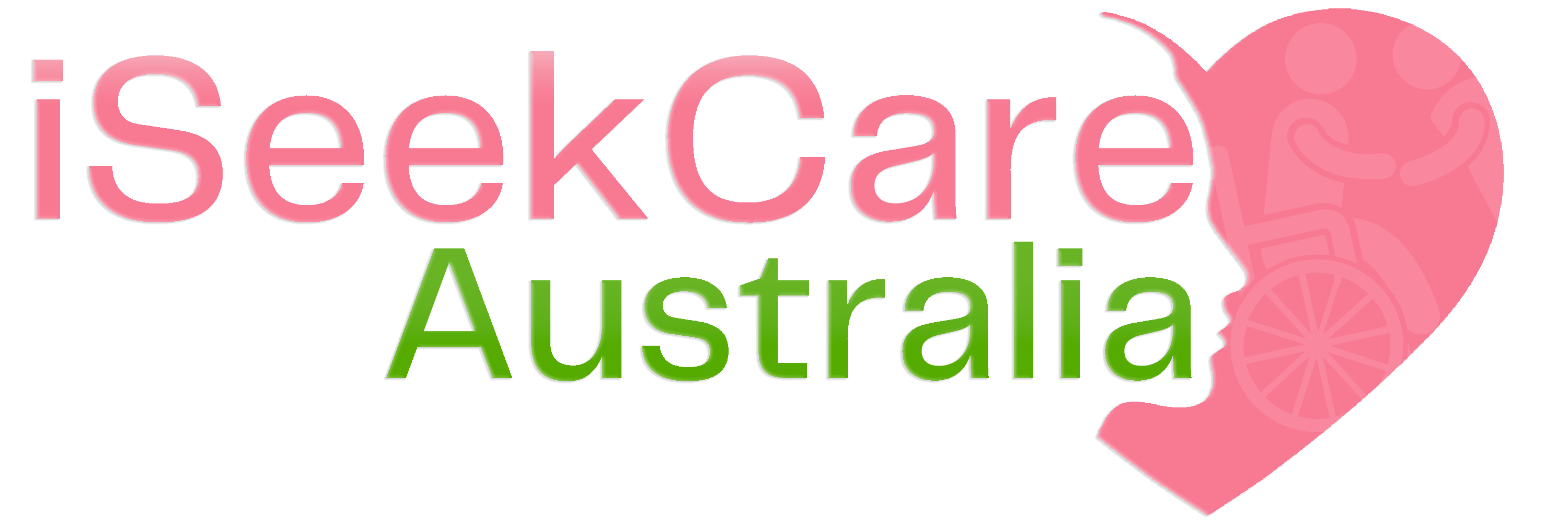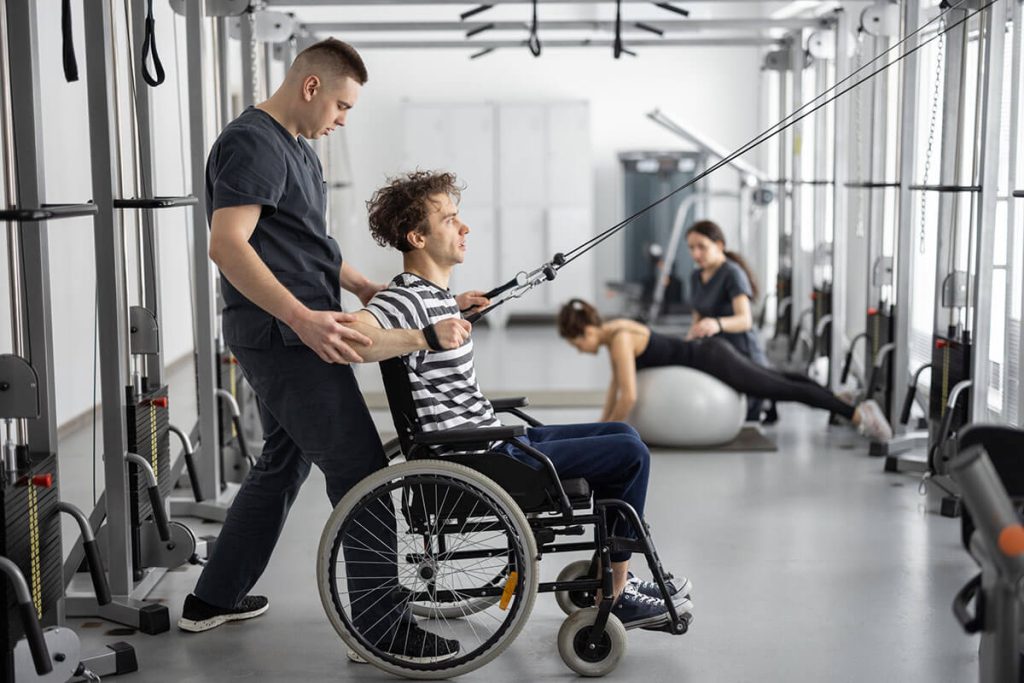Understanding Physical Disabilities: Causes, Characteristics, and Support Strategies
Physical disabilities can affect anyone, and understanding them is essential for creating a world that is accessible for all. It’s time to break down the walls of ignorance and embrace inclusivity. By educating yourself on the causes, characteristics, and support strategies for these disabilities, you can make a difference in the lives of many individuals. In this blog post, we will delve into these disabilities and provide you with valuable information on how you can help.

What are Physical Disabilities?
Physical disabilities refer to any disorder that affects a person’s ability to move around physically. These conditions can be congenital (present at birth) or acquired later in life due to injury, illness, or disease. Some common physical disabilities include cerebral palsy, spina bifida, muscular dystrophy, and spinal cord injury. It can range from mild to severe; the severity of the disability often determines the extent to which it affects a person’s daily life.
Causes of Physical Disabilities
There are many causes of physical disabilities, including genetic factors, prenatal exposure to toxins, premature birth, infections, traumatic injuries, and chronic illnesses. Some of them may also result from accidents or injuries sustained later in life. Identifying the cause of a physical disability is crucial in developing effective strategies for support and intervention.
Characteristics
The characteristics of physical disabilities vary depending on the type and severity of the disability. Some individuals may experience difficulties with mobility, while others may require the use of assistive devices like wheelchairs or walkers. Some common characteristics of them include muscle weakness, joint stiffness, limited range of motion, and difficulty with coordination. It’s important to recognise that these disabilities can also impact mental health, leading to issues such as depression, anxiety, and stress.
Support Strategies
Supporting individuals with physical disabilities encompasses a range of strategies, spanning from adapting physical environments to offering emotional encouragement. Effective support methods include ensuring facilities and technology are accessible, accommodating individual requirements in workplaces or educational settings, providing transportation options that are accessible, offering assistive devices to aid mobility, and providing emotional support through counseling and therapy. These strategies aim to enhance accessibility, independence, and overall well-being for individuals with this disabilities.
Conclusion
In conclusion, physical disabilities are a significant challenge for many individuals and require a comprehensive approach to support and intervention. By understanding the causes, characteristics, and support strategies for these disabilities, we can work towards creating a more inclusive and accessible world for all. It’s time to break down barriers and embrace diversity, and by doing so, we can create a brighter future for everyone. Lastly, remember that providing support and love to individuals begins with knowledge and awareness.



